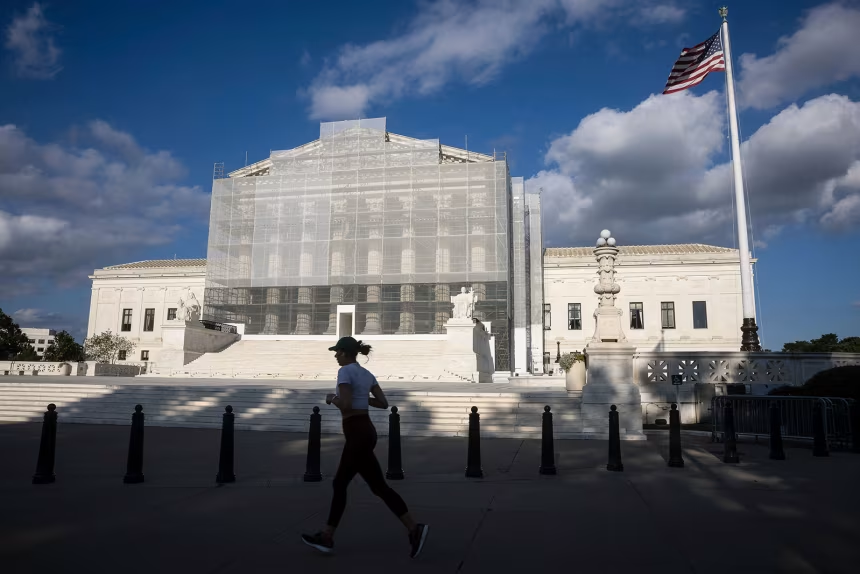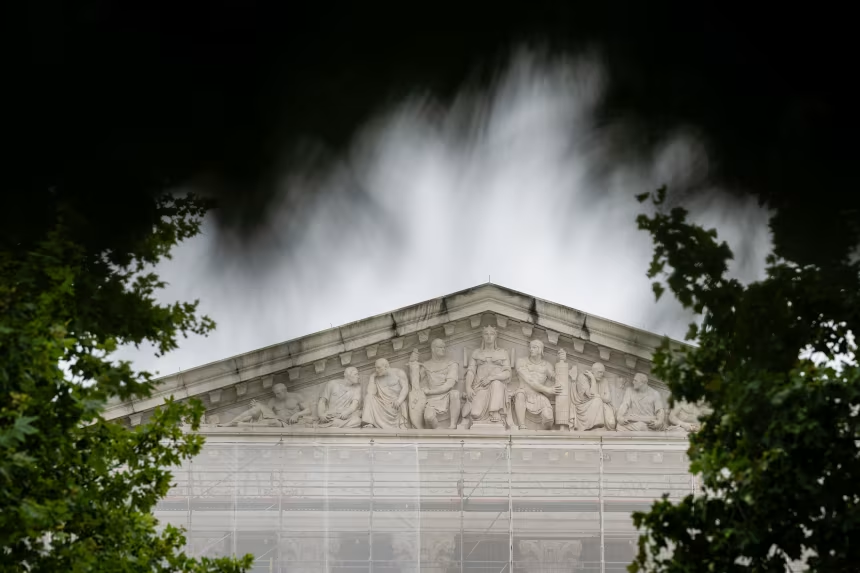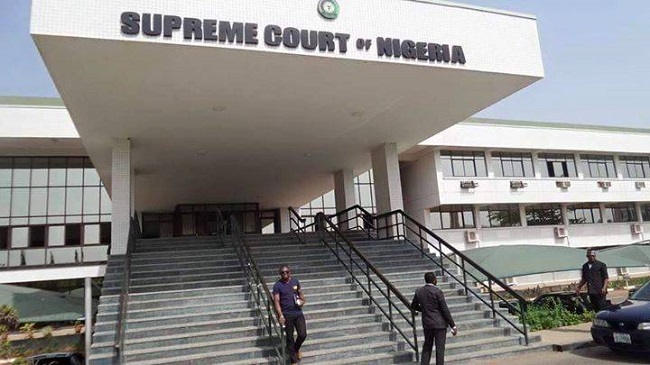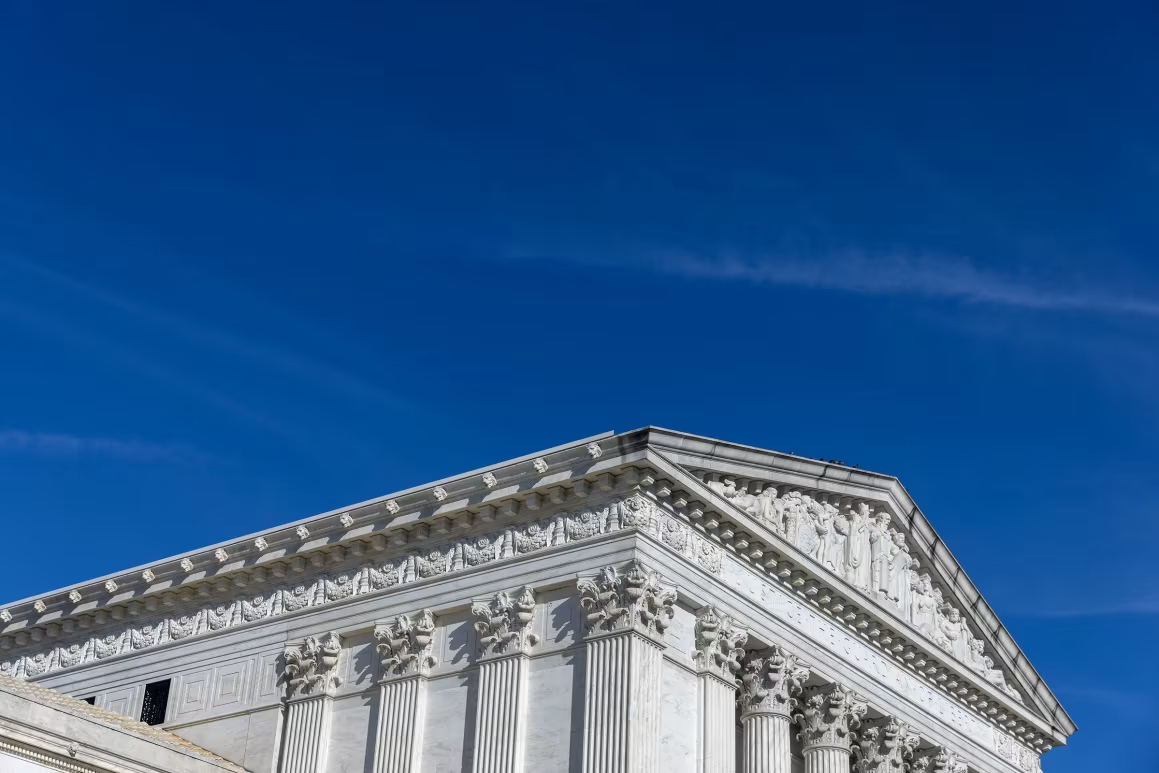The Trump administration has turned to the Supreme Court in an attempt to block the release of roughly 12 billion dollars in foreign aid that Congress had already approved. The Justice Department filed an emergency motion on August 26 arguing that without intervention the government would be forced to spend the funds by September 30, a move it says could conflict with U.S. foreign policy goals and cause irreparable diplomatic harm.
The appeal follows a lower court ruling requiring the administration to move forward with the spending. In its filing, the Justice Department asked the Supreme Court to temporarily pause that order at least until September 2, preventing any immediate disbursement while the justices consider the case.
Earlier this month, a federal appeals court sided with the administration on a key point, ruling that nonprofit groups that had challenged the aid freeze did not have legal standing. The court said only the Government Accountability Office has the authority under the Impoundment Control Act to dispute whether the executive branch can delay or withhold money that Congress has allocated.
Critics argue the case strikes at the heart of the separation of powers. Congress controls the nation’s purse strings, they note, and allowing the president to block spending at will would weaken one of the legislature’s most important checks on executive power. Supporters of the administration counter that presidents must retain flexibility in deploying aid to align with shifting foreign policy and national security needs.
At stake are billions of dollars earmarked for global health and development programs, including efforts to fight HIV and provide humanitarian support through agencies like USAID. Advocacy groups warn that the freeze jeopardizes lifesaving work around the world, from medical supply chains to refugee assistance.
The Supreme Court’s response in the coming days will determine whether the funds remain frozen or begin flowing before the fiscal year ends. The case could also set a precedent with far reaching implications for the balance of power between Congress and the presidency.







